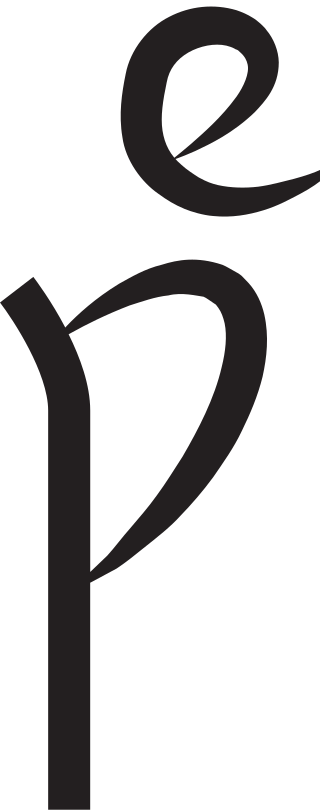
We’ve probably all come across those cutesy, old-timey signs, right? “Ye Olde Sweets Shoppe” or the like. Cutsey and old-timey because they’re using spellings no longer in use, which our modern eyes immediately recognize as coming from the 18th century or earlier.
What most of us don’t realize is that in this case, “Ye” is not pronounced like yee, the also-old-timey word for you. Nope. Wanna guess how it’s pronounced?
Like “the.”
Cue the lightbulbs…and the questions. Why, you ask, would we pronounce it in the familiar way but spell it with a Y?
Answer: it’s not actually a Y. It’s a combination-letter called Thorn. Way back in the days of Old English, this letter, which came from Scandinavia and to English by way of Scotland, was used for the “th” sound. It looked a bit like a p with a tall staff.

As Old English turned into Middle English, using this digraph became more and more popular, especially with short words like “the” and “that.” But at the same time, the writing of the letter became less and less distinct. That p-looking thing became more of a y-looking thing. And rather than take up horizontal space with the whole word, people started using a superscript e to write “the.”

This persisted for a good long time…but during that time, printers became more and more popular. Only, printers didn’t like creating separate type for all the combo letters that were around. So instead, they used a “standard” letter to represent the digraph. In this case, they used a Y for the “th”-sounding thorn.
And that, my friends, is why so many things say “ye” when they really meant “the.” It never would have been pronounced with a y-sound…it was just a typesetting shortcut for what everone knew was a th-sound.
Fun tidbit: Icelandic is the only surviving language that still has the letter thorn!




 Roseanna M. White is a bestselling, Christy Award winning author who has long claimed that words are the air she breathes. When not writing fiction, she’s homeschooling her two kids, editing, designing book covers, and pretending her house will clean itself. Roseanna is the author of a slew of historical novels that span several continents and thousands of years. Spies and war and mayhem always seem to find their way into her books…to offset her real life, which is blessedly ordinary.
Roseanna M. White is a bestselling, Christy Award winning author who has long claimed that words are the air she breathes. When not writing fiction, she’s homeschooling her two kids, editing, designing book covers, and pretending her house will clean itself. Roseanna is the author of a slew of historical novels that span several continents and thousands of years. Spies and war and mayhem always seem to find their way into her books…to offset her real life, which is blessedly ordinary.